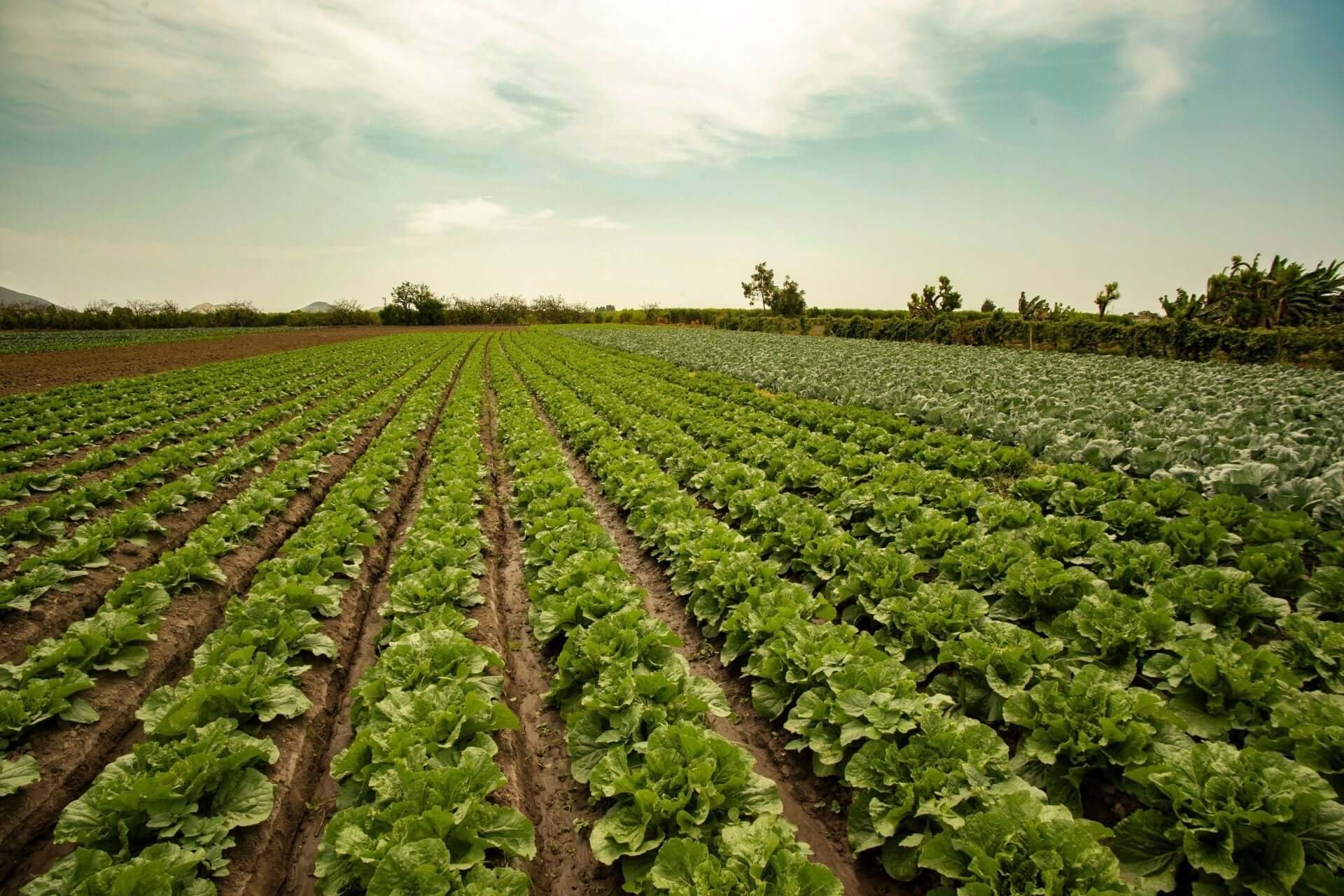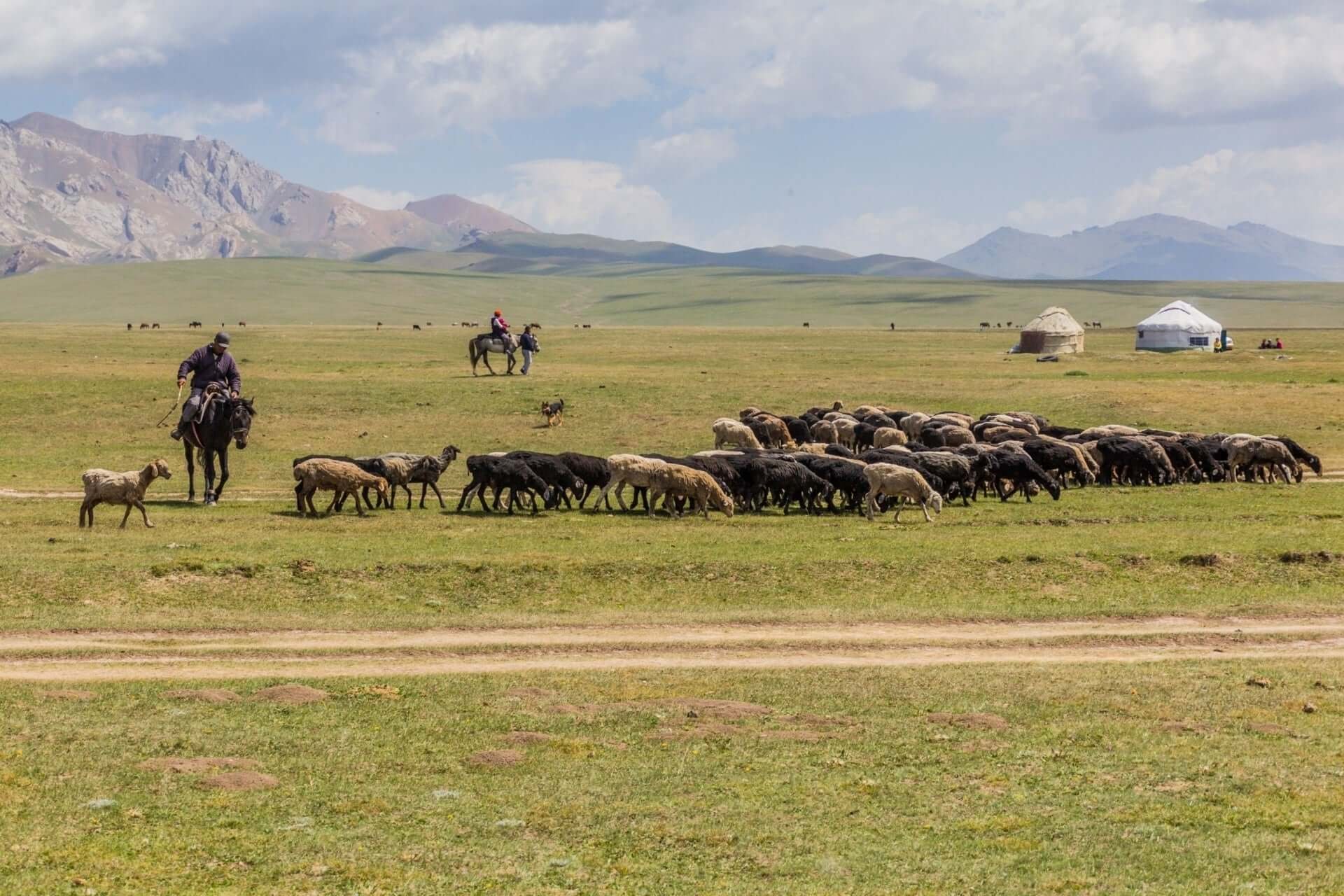Nomadic Herding Represents Sustainable Livelihoods Based on Continuous Movement
The traditional practice of nomadic herding involves people and their livestock moving continuously across large spaces. Nomadic herders consistently migrate across regions since they cannot stay in one place long because they need to find new grazing pastures and suitable environmental conditions. The cultural fabric of numerous regions contains the threads of this way of living, which has significantly influenced social structures and traditions, alongside its impact on beliefs. The system stands on the close relationship pastoralists maintain with their animals while acknowledging that only nomadic living can ensure a steady fodder supply within dry regions. Within pastoral societies, the transmission of herding abilities and land care methods occurs across generations without written documentation and is based on a central principle. As time passes, herders learn to predict weather changes and understand terrain and vegetation patterns, which helps them lead their animals successfully. Migratory paths usually pass through preferred areas where springs and grasslands, along with seasonal rains, supply the essential resources that support animal life. The repeating movement pattern protects the land from degradation while preserving fragile ecosystems in regions unsuitable for permanent farming.
Nomadic herding thrives on an underlying adaptability that enables herders to survive in changing conditions. Nomadic herders utilize tents, yurts, huts, and other movable structures until they relocate due to dry water supplies or dwindling vegetation. Environmental conditions set the pace of daily life, forcing communities to adapt quickly to temperature shifts alongside changes in rainfall patterns and the condition of their herds. Family units travel as one collective group where their existence depends on cooperation and shared duties. The tasks of animal herding, daily sustenance gathering, and child-rearing transform into shared responsibilities that build strong group bonds. This lifestyle may seem uncertain, but it builds resilience because people adapt to natural cycles. Herders understand that landscapes and climates transform continuously, requiring them to be equally adaptable in their way of living. The deep acceptance of change transforms into a cultural foundation that creates a sense of responsibility for maintaining the animals and land and sustaining their complete lifestyle.
The Cultural Significance of Nomadic Herding
Nomadic herding communities throughout numerous global regions protect extensive knowledge that surpasses basic survival skills. Historical narratives and artistic expressions among nomadic herding societies highlight their deep bonds with landscapes and herds. These groups preserve their ancestral heritage through oral storytelling traditions by recording legendary adventures and ancient wisdom. Communities relay collective memory through performances of songs and poetry during campfire settings and seasonal gatherings. Cultural artifacts represent the achievements and difficulties of a society that must remain in balance with its ever-changing surroundings. Creative expressions shaped by this roving heritage are illustrated through folk music's melodic lilt alongside intricate weaving patterns and distinctive portable dwellings.
Animals receive continuous care and management within nomadic herding communities. Livestock provide sustenance through food and materials for clothing and shelter, delivering a cultural identity beyond simple economic value. People honor their animals through distinct ceremonies and rituals while assigning spiritual significance to their herding responsibilities. Young members acquire skills in saddling, feeding, and caring for animals from their earliest years because their education combines seamlessly with daily chores. The deep connection between herders and their livestock creates a responsibility passed down every generation. The prosperity of the entire group depends on maintaining healthy, well-fed, and mobile herds. These practices create unity among people through social norms because conflicts can damage group harmony and endanger animal survival. Communal decision-making and consensus-building take precedence to strengthen mutual respect and collective purpose.

Ecological and Economic Dimensions
The practice of nomadic herding depends on careful ecosystem management of areas that can degrade when improperly handled. Herders preserve land health through regular relocation, preventing excessive degradation in specific regions. Grazed fields recover during her absence, supporting native grass preservation and biodiversity maintenance. Natural fertilization from grazing animals alongside seed dispersal helps restore plant growth, preventing certain rangelands from becoming barren. The reciprocal relationship between migratory patterns and plant life establishes a beneficial cycle for human populations and the wildlife sharing these ecosystems. Herders develop acute observational skills, which help them determine the right time to move their herds and allow the land to recover.
Nomadic herding allows herders to become self-reliant but exposes them to financial instability. When favorable seasons are favorable, livestock prospers, leading to reliable meat, milk, and fiber availability. Surplus products from nomadic communities enter trade networks where they exchange goods with farmers and market towns to gain access to grains and tools. Periods of extreme drought create perilously slim survival chances for herders and can result in total herd losses because of resource shortages. Unlike intensive farming methods, many claim this system stays adaptable and needs minimal large-scale infrastructure. Herders maintain flexibility in their movements by following transient opportunities as they search for superior water resources or negotiate pasture access with neighboring communities. This system enables economic independence while enduring harsh environmental conditions because societies show resilience through mobility-based living.
Modern Challenges and Evolving Practices
Modern-day nomadic herders encounter numerous challenges that endanger their economic stability and cultural traditions. Some regional government policies push for settlement through encouragement or mandates to generate more tax revenue and develop agricultural and urban infrastructure. When authorities impose movement restrictions, they threaten ancestral migratory routes and destabilize the established equilibrium vital to herding societies, which have sustained this lifestyle for centuries. Nomadic life loses its essential flexibility because established grazing routes intersect with new boundaries from farming and mining expansion. Quality pasture and water availability decrease due to climate change, which causes unpredictable rainfall patterns and extreme weather events.
Technological advancements continue to drive changes in traditional nomadic practices. Herders use mobile communication tools to get weather updates and connect with distant marketplaces. Herders have adopted modern transportation systems to move their supplies and families. Veterinary innovations protect herd health by preventing diseases that previously devastated animal populations. Although modern tools help herders survive changing conditions, they also create dependencies that might undermine elements of traditional nomadic practices. The growth of ecotourism attracts outsiders who want to experience or engage with nomadic lifestyles. Ecotourism generates income and cultural exchange opportunities but risks changing cultural practices and overusing resources without proper management.
Nomadic herding survives because it proves human resourcefulness and capability to adjust. Communities have developed practices that blend traditional methods with modern tools to create a system that maintains their core values while adapting to present-day conditions. Herders create cooperatives to market their products, establish grazing rights, and organize seasonal migrations. Researchers join indigenous populations to map traditional grazing paths, reinforcing land rights and environmental protection measures. Nomadic herding has always relied on adaptability, which these new methods demonstrate. Herders maintain their ability to cope with constant change by blending traditional knowledge with selective modern advancements.
In many respects, the resilience of nomadic herding rests upon its oldest lesson: survival through movement. People living this lifestyle understand that environmental conditions change, so animals need continuous movement, and communities must adapt to new circumstances. Nomadic pastoralists demonstrate how humans can successfully thrive without permanent settlements. Nomadic herders demonstrate sustainable practices by adapting to political borders and environmental changes, proving that communities can coexist peacefully with wildlife and nature. Nomadic herding is an effective model for managing land and cultural relationships within communities by combining long-established traditions with sustainable practices to meet human needs while preserving global ecology.
Read more

Extensive agriculture uses limited resources across broad areas to utilize natural processes for raising crops and livestock while maintaining a lower environmental footprint. Despite producing sma...

Spring is an important time for plants. Their stored energy is almost used up. They are about to put on a burst of new foliage. Many plants will also be blooming and developing fruits and seeds soo...





